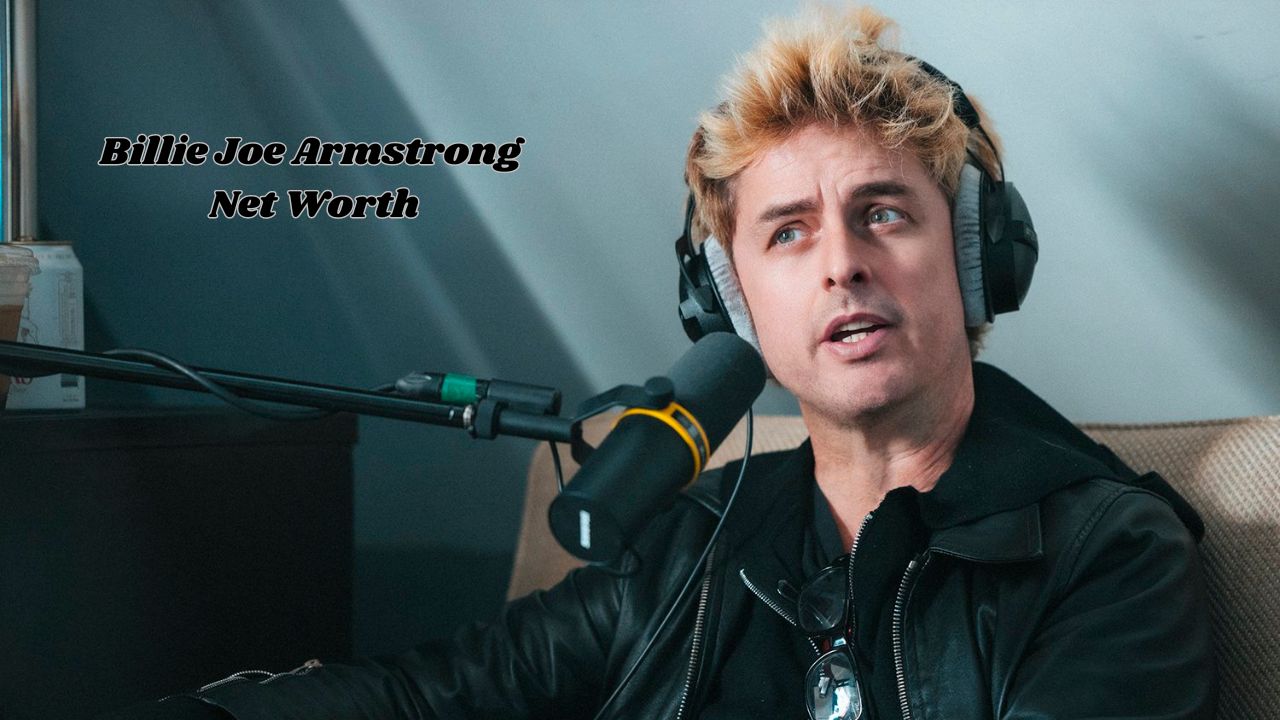In Gaziantep, in the southeastern Anatolian region of Türkiye, women are breathing new life into the almost forgotten art of filigree, a delicate craft that dates back to the Ottoman period. In a special course at the Dumlupınar social institution in the Şahinbey municipality, these women not only learn the complicated techniques of this ancient art, but also create valuable works of art that contribute to their families’ income.
Filigree work involves the delicate manipulation of wires and nails to create intricate patterns. Participants in the course learn basic skills such as nailing, wire handling, wire weaving and pattern making. Under the guidance of experienced teachers, they patiently weave wires into beautiful patterns, transforming ordinary materials into extraordinary works of art.
The women taking part in this course create a wide variety of designs, each with a unique concept. They shape the nails hammered into wooden boards by weaving them with colorful threads or wires. The result is a work of art that is both visually impressive and rich in cultural heritage.
The course has attracted a diverse group of women, 30 participants in total, divided into two groups. Some women even attend the course with their children, so there is a family-friendly atmosphere. The classroom is filled with the rhythmic sound of hammering throughout the day, sometimes harmonious, sometimes not, as the participants follow the master teacher’s instructions.
As the women grow in confidence and skill, they become more and more adept, their initial awkwardness gives way to precision and the delicate work becomes more refined. The course not only teaches a craft, but also fosters a strong sense of community among the participants. As they work together, they share stories, laugh and encourage one another, strengthening bonds and creating a supportive atmosphere.
Zeynep Şahiner, a Turkish handicrafts teacher and head of the filigree course, stresses the importance of reviving this ancient craft. “Filigree is an art form in which nails are hammered into wood and wires or threads are wrapped around them to create patterns. It is used to decorate frames and trays,” she explains.
She points out that filigree, which first appeared in Iran in the 17th century and later spread to Europe, has survived the centuries but was in danger of being forgotten. The high level of interest in the course shows a growing appreciation for this art form, and Şahiner is committed to passing this craft on to the next generation.
Learn and earn
Şahiner emphasizes the dual benefit of the course: “Our participants learn the art of filigree and make a financial contribution to themselves. We also work in other areas such as aluminum and embossing and offer courses on almost forgotten crafts.” She adds that although filigree seems to be a challenge, it is actually an accessible craft and the progress of the participants is remarkable.
The course not only provides the women with the opportunity to learn a new skill, but also a way to earn money. Many participants have begun selling their handmade products, turning their artistic endeavors into a source of income.
Adile Akdal, a 55-year-old participant, attended the course with her daughter. “Filigree work is like therapy for us,” she says. “We enjoy watching the nails and wires dance and create beautiful works. Recently we worked on a frame for the Al-Aqsa Mosque. The sense of spirituality we feel while doing this is profound and we are very satisfied with this course.”
Another participant, Bahar Aytekin, has been attending the filigree course for two years. She talks about her emotional connection to this craft: “We are deeply saddened by the situation of the children and our fellow believers in Gaza. Seeing their suffering motivates me to create something meaningful. I am building our Al-Aqsa Mosque with pride, love and praise.”
The filigree course in Gaziantep is more than just a hobby for these women; it is a path to self-determination, creativity and community. Through their commitment, they are not only bringing a valuable piece of cultural heritage back to life, but are also building a future in which this art form can flourish again.





